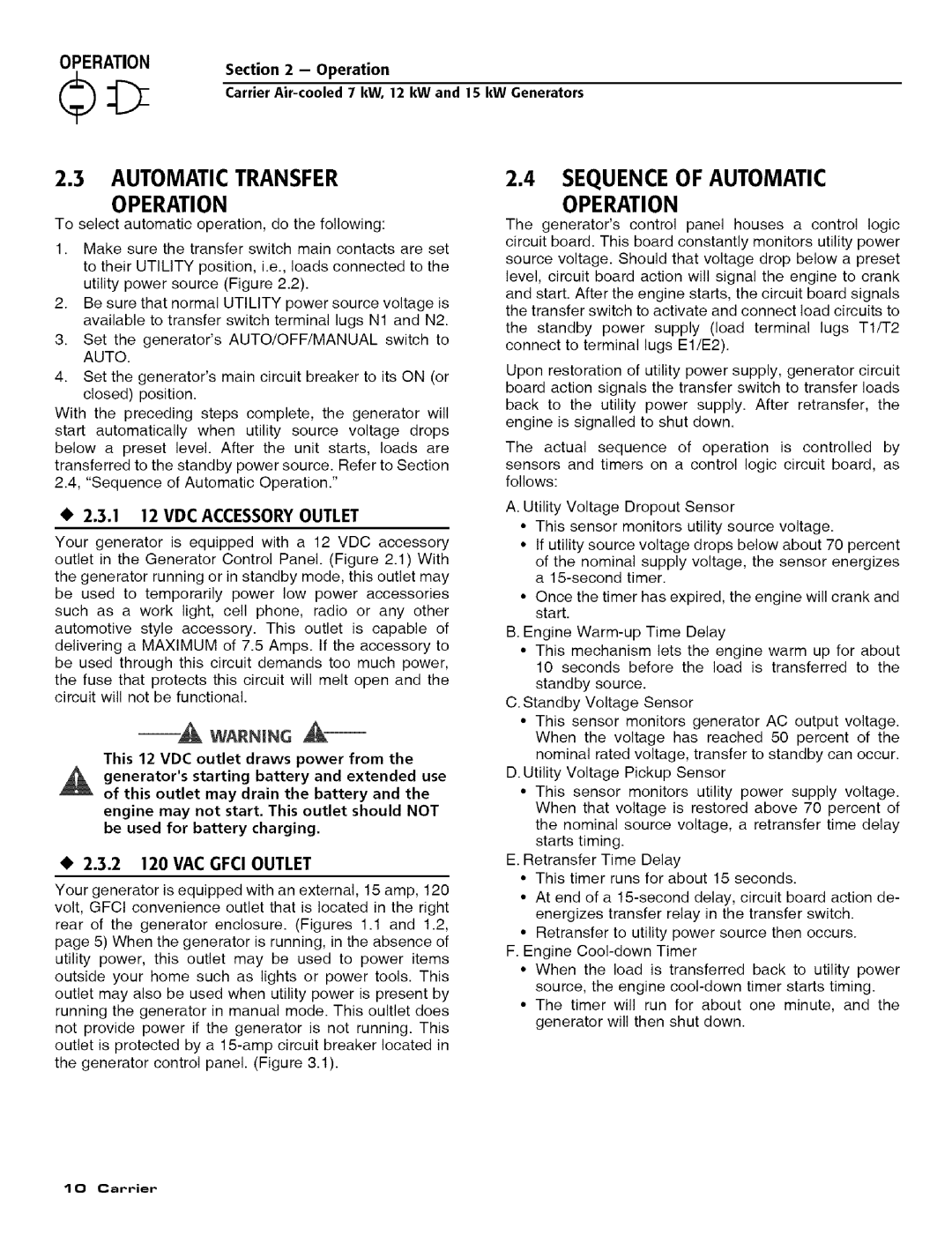ASPASICCA007, ASPASICCA015, ASPASICCA012 specifications
Carrier, a global leader in heating, ventilating, and air conditioning (HVAC) solutions, has consistently made strides in innovation and efficiency with its range of products. Among its notable offerings are the ASPASICCA012, ASPASICCA015, and ASPASICCA007 air conditioning units. These models exemplify cutting-edge technology, designed to meet diverse cooling needs while prioritizing energy efficiency and user comfort.The ASPASICCA012 model is tailored for small to medium-sized spaces, providing effective cooling with a capacity of 12,000 BTU. This unit is equipped with advanced inverter technology, allowing it to adjust its compressor speed according to the room's cooling requirements. As a result, it operates more efficiently, consuming less energy while maintaining a stable temperature. Additionally, the ASPASICCA012 features a quiet operation design, making it an ideal choice for bedrooms and offices.
For slightly larger areas, the ASPASICCA015 model offers a cooling capacity of 15,000 BTU. It shares similar technological advancements with the ASPASICCA012, including inverter technology and energy efficiency. However, it can handle higher thermal loads, making it suitable for larger living spaces or commercial applications. The ASPASICCA015 also includes user-friendly controls and smart connectivity options, allowing users to operate the unit remotely via mobile apps.
The ASPASICCA007 is another standout model, aimed at providing an energy-efficient solution for compact spaces with a cooling capacity of 7,000 BTU. It utilizes eco-friendly refrigerants, reducing its carbon footprint while ensuring optimal cooling performance. This model emphasizes quiet operation and includes a sleep mode function that gradually adjusts the temperature to enhance comfort during nighttime.
All three models incorporate features such as a programmable timer, multiple fan speeds, and a self-cleaning function to enhance user experience and maintain air quality. Moreover, Carrier’s commitment to sustainability is evident in each unit’s design, which minimizes energy consumption and leverages environmentally friendly refrigerants.
In summary, the Carrier ASPASICCA series, encompassing models 012, 015, and 007, reflects the company’s dedication to innovation, energy efficiency, and user comfort. Whether it’s a small bedroom or a larger commercial space, these air conditioning units provide reliable cooling solutions tailored to a variety of needs while supporting environmental sustainability.

